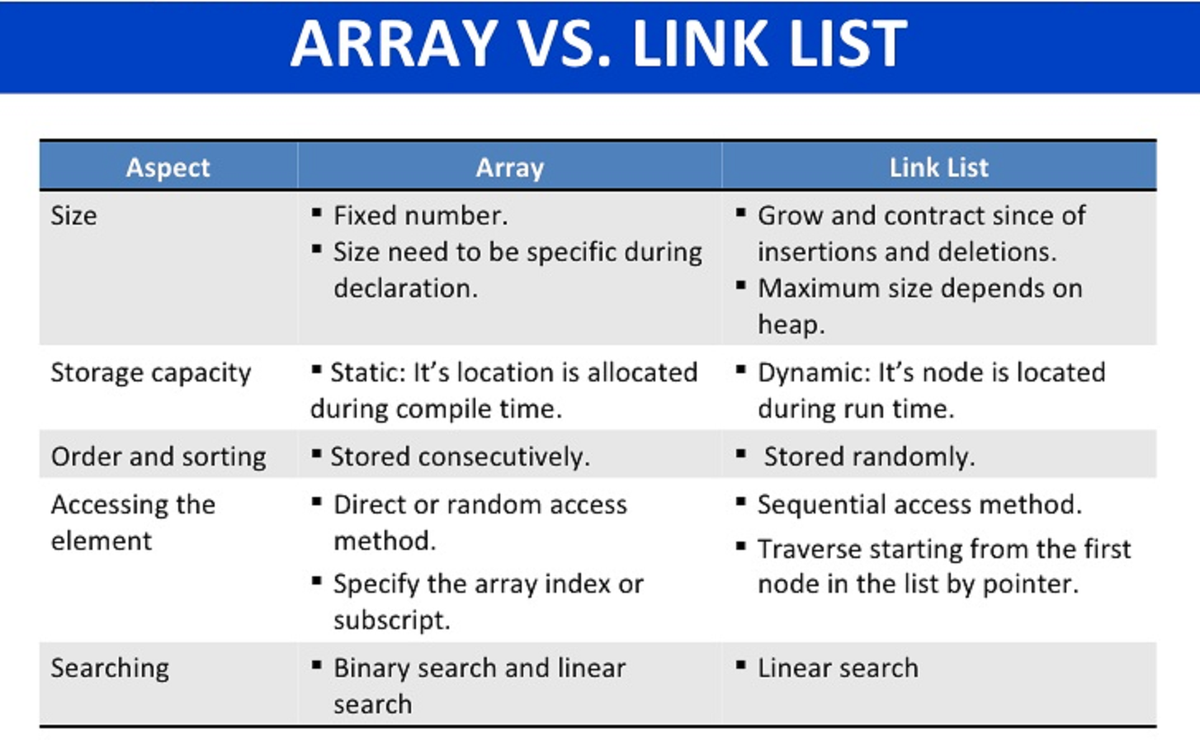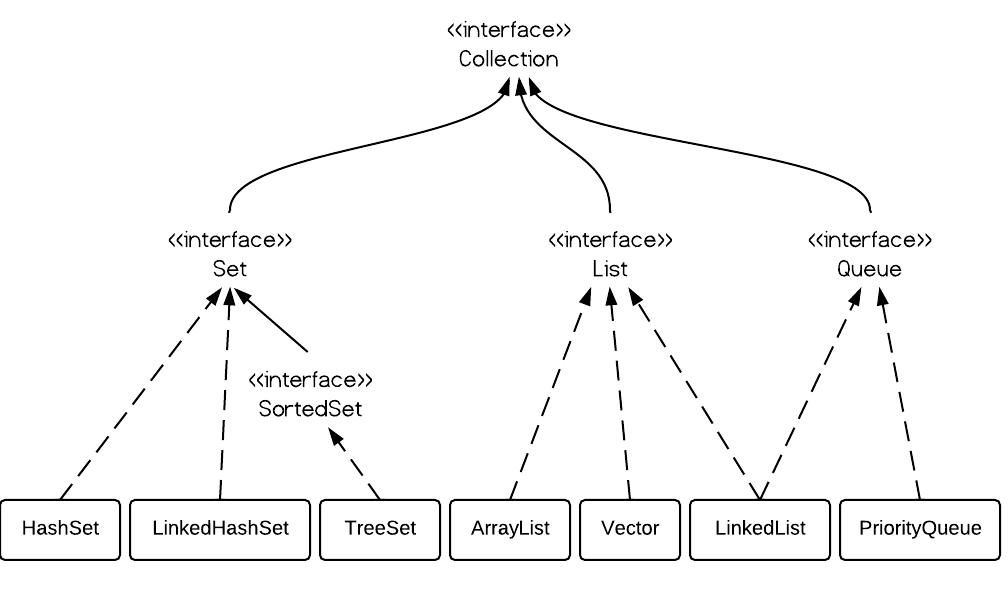

This exception will be thrown at runtime, as the array is not type-safe no compile-time checking is there for the array. If you want to store different types of elements in an array other than the specified ones, it will throw ArrayStoreException while creating that array’s object. Hence, autoboxing internally performs the below things.Īn array can only store elements of a similar type. Autoboxing internally converts primitive to its equivalent objects. The answer is the autoboxing capability of JVM. Then how can we store integer values in an ArrayList? On the other hand, an ArrayList cannot store primitive types it can only store objects of the same type. PrimitivesĪn array can store both primitive and object types of elements. Addition in ArrayList creates a new array in the background and copy elements from old to a new array. Get() operation: For index-based access, both ArrayList and array have the same performance, as this requires constant time.Īdd() operation: Here, we see the key difference as adding a new element in ArrayList requires two operations internally: Copy and resize. Resize() operation: ArrayList uses automatic resize, where a temporary array is created to copy elements from the old array to a new array. This is because storing similar objects require more memory than storing similar primitive type variables. Depending on the operations you are performing, the performance of Array and ArrayList will vary:ĪrrayList requires more memory for storage purposes compared to an array. We see performance differences in terms of CPU time and memory utilization. This is because of the storage type and functionality of the ArrayList. It would help if you imported package to use ArrayList() method to create ArrayList object.Īlthough ArrayList is basically based on Array, we see performance differences between them. Actually, ArrayList is implemented using an array in Java. An ArrayList is a dynamic data structure where items can be added and removed from the list.

ImplementationĪn array is a data structure where we can store elements of a given fixed size of a similar type. While removing items form ArrayList, we are assigning null to the index whose value is removed, and the whole index value is downgraded by one automatically. You can add or remove items from the list at your convenience. On the other hand, ArrayList is flexible in size. Therefore, a normal array in Java is a static data structure because the initial size of the array is fixed. Once you have defined the size of the array, you cannot change the value of its size. FlexibilityĪn array is a static data structure. Key Differences between Array and ArrayList in Javaīelow are the key differences between Array vs ArrayList: 1. Given below are the top differences between Array vs ArrayList: Head to Head differences between Array and ArrayList (Infographics)


 0 kommentar(er)
0 kommentar(er)
